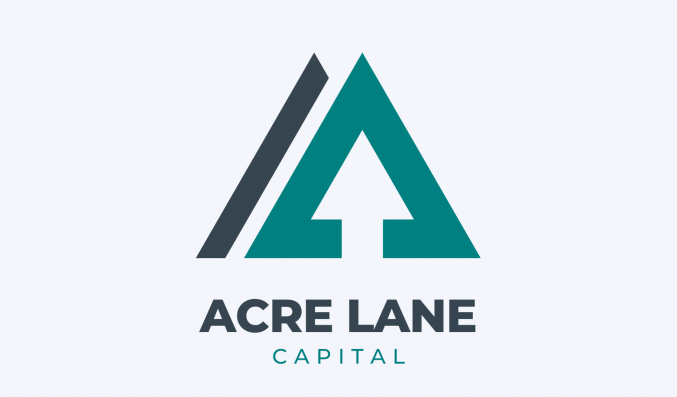Fast Bridging Loans – A Guide to Urgent Approval Bridging Finance
By Helen Jackson

If you’re a property developer or a mortgage broker and you’re looking to fund a new house sale or property development project, more often than not, you’ll need to move quickly. Bridging loans are usually quicker to obtain than a mortgage agreement.
Getting your hands on fast finance is beneficial in a commercial setting. But it can come with some drawbacks, too.
In this post, we’re talking you through what fast bridging loans are used for, how quickly you can obtain them, and making you aware of some of the risks involved along the way.
What is a fast bridging loan?
A fast bridging loan is what it says on the tin — it’s a bridging loan that’s acquired quickly. A fast bridging loan works the same as a regular bridging loan — it’s used predominantly by property developers to bridge the financial gap between selling and buying property. But it can also be used for renovating properties, buying properties at auction and solving business cash flow problems.
How quick can a bridging loan be approved and in your account?
A bridging loan application can take anywhere between 72 hours to a few weeks to complete, depending on your preparedness, circumstances, and chosen lender.
Due to their complexity, bridging loans don’t tend to be the quickest type of finance to acquire; however, you will often find that working with an experienced expert lender will quicken the process between application and the funds landing in your account.
What are fast bridging loans usually used for?
Fast bridging loans can be used for a variety of reasons. If your development project has gone out of scope or you’ve run out of budget, a bridging loan can quickly fill that financial gap and enable you to continue with your development project.
The property market is fast-moving. So if you’re hoping to snap up your next project, but waiting for a mortgage is too time-consuming, a bridging loan can make sure you don’t miss out on the opportunity to expand your property portfolio — it secures your place in the chain.
Do many lenders offer faster loan processes?
The best way to make sure your bridging loan application is as fast as possible is to use a specialist bridging finance company. Using a company like this means you’re in expert hands — they process these kinds of loans day in day out — they’re there to guide you through the entire process.
To process your loan application as quickly as possible, some lenders will omit some steps. For example, conducting a valuation report can be time-consuming, and so can waiting for legal searches to come back. Some lenders will skip a survey and happily accept title insurance in place of legal searches to get around this. You need to figure out whether you’re happy to forgo these steps to make the application process as quick and painless as possible.
As the borrower, your role in this process is just as important. You need to make sure you respond to the lender’s documentation requests without delay.
How much are you allowed to typically borrow?
Usually, borrowing for a bridging loan starts at £25,000. However, borrowing can be limitless, depending on your circumstances and reason for the loan.
The maximum amount you’ll be able to borrow will depend on the value of your property portfolio (whether this is one property or several) and your personal finances. The maximum loan, including any retained or rolled-up interest, is normally capped at 75% loan to value (LTV).
What are the benefits of a faster loan?
There are many benefits to applying for a fast bridging loan. The most obvious benefit is getting your hands on the money quicker. This means you can move without delay when buying or developing a new property. The housing market is fast-paced, and you need to match this pace to build your portfolio.
What are the cons and risks of quick approval?
Just like with any loan product, there are pros and cons of fast bridging loans. It’s vital before signing on the dotted line that you do your research; quick loan approval means you could miss out on a better interest rate elsewhere, you might also not have had time to fully understand the terms and conditions of the loan.
Taking on debt isn’t a decision you should take lightly. Take your time and compare bridging finance lenders.
When looking for a quick bridging loan, what should you look for in a lender/broker?
When you first start looking for a bridging loan provider, you’ll no doubt be inundated with options. However, your most important job is to sniff out the good providers from the bad.
When weighing up your options, you want to be looking out for a proven track record, good reviews and recommendations from trusted sources. We know you’ll often be in a hurry to secure your bridging loan, but it’s important to have a chat with the provider, check their processes and make sure you’re happy with what you’re getting yourself into.
And what red flags should you avoid?
When dealing with a bridging loan provider, there are a few red flags you should look out for before you start putting pen to paper.
It’s rare, but if you are looking to secure a loan as an individual and aren’t incorporated, lenders may ask you to take on this status to avoid customer credit laws and rules. If your lender does ask you to become incorporated solely for this reason, this is almost certainly a red flag.
Despite moving fast on your loan application, there should always be time for communication between you and the lender, and that conversation should be as clear as it is concise. Their communication with you should still be quality, allowing you to understand the implications of the loan you’re entering into.
Obviously, if you notice that the paperwork supplied seems altered or edited in any way, and the reasons for this aren’t explained, if in doubt, always consult your solicitor.
For more guidance about common bridging loan complaints, read this blog: Mis-sold bridging loans & complaints – what are my options?
What documents and forms should you have ready to ensure fast sign off?
The more documents you have prepared, the quicker you can move through the process of acquiring your loan. If lenders keep coming back to you to find the correct documents, the process can take much longer.
For your loan to go through as quickly as possible, we’d recommend you have your personal identification, proof of address, third-party guarantee, evidence of assets and liabilities, plus bank statements spanning the past three months all ready to go when sitting down to complete your application.
For more details on what you’ll need to make the whole process as speedy as possible, check out our blog: Bridging loan paperwork, documents, forms and contracts – everything you need to know.
Summary
Hopefully, this post has given you some information on acquiring a fast bridging loan. The best way to ensure a quick bridging loan application is by doing two things — one, work alongside a specialist bridging finance company (they’re well-versed in the complexities of arranging bridging finance), and two, come prepared. Do your research and find out what documents and forms you need to make the process as smooth as possible.
Read our guide to learn more about how easy (or hard) it is to get a bridging loan.
You can compare specialist bridging loan lenders for FREE in our directory. Compare lenders now.










You must be logged in to post a comment.